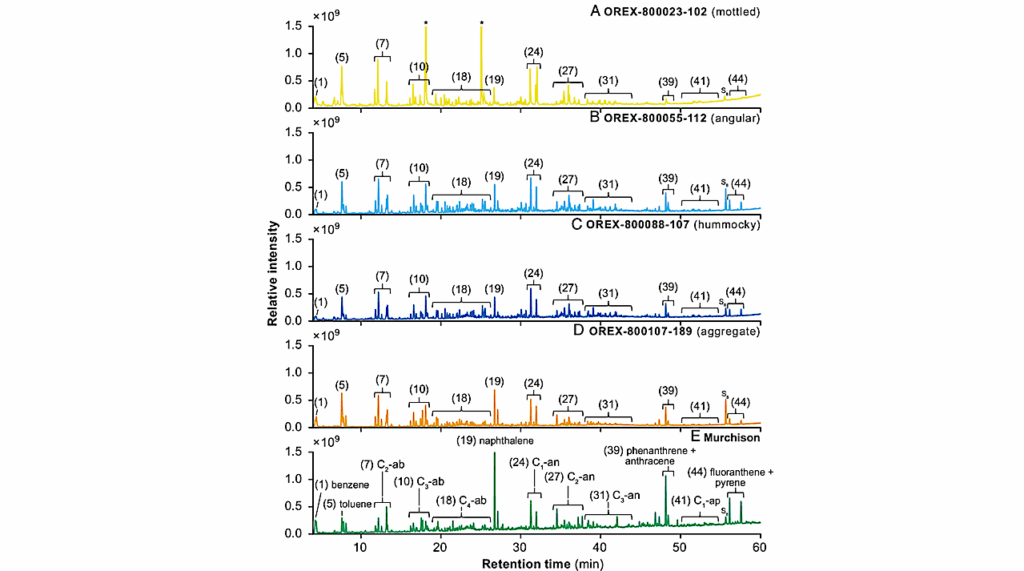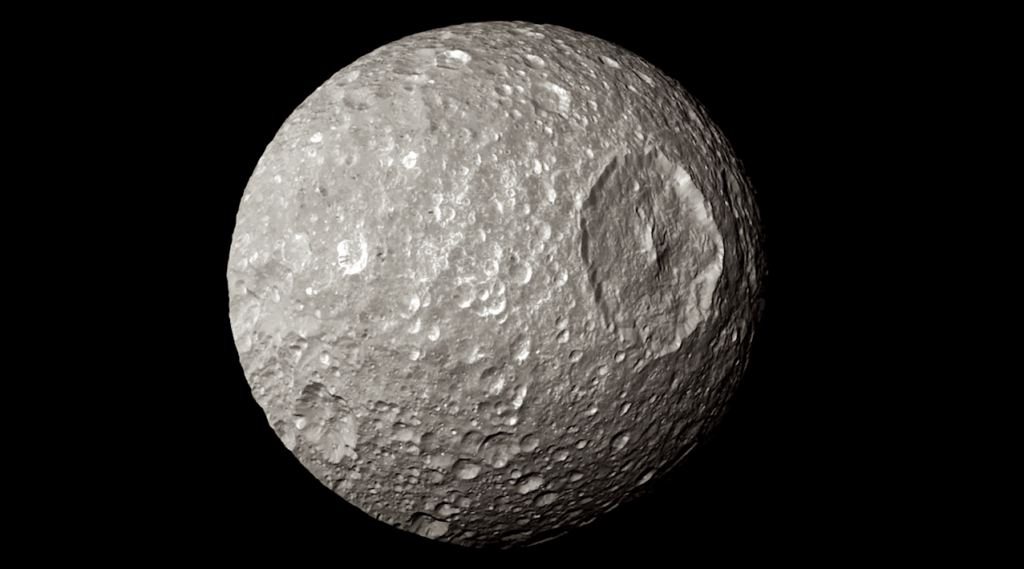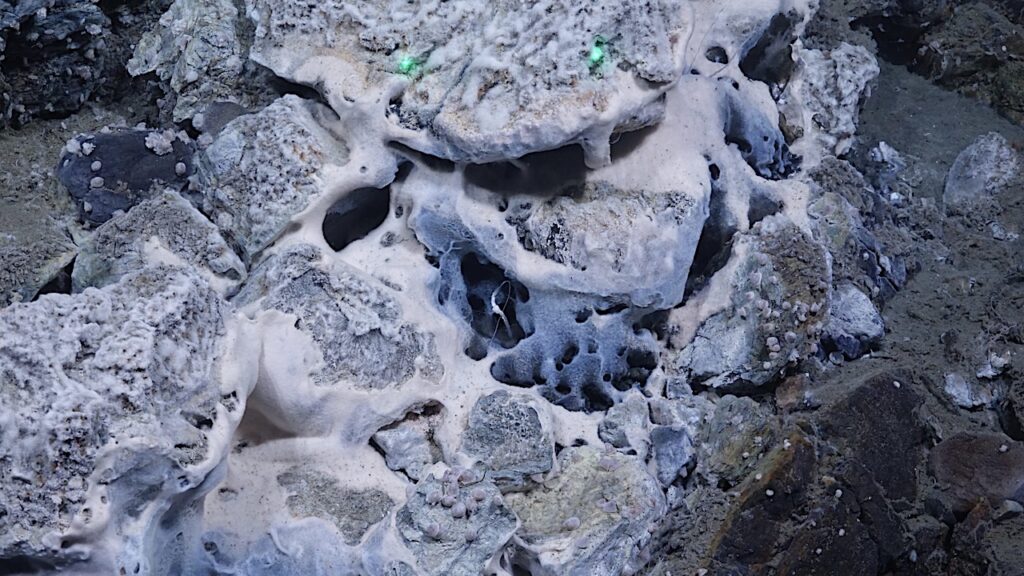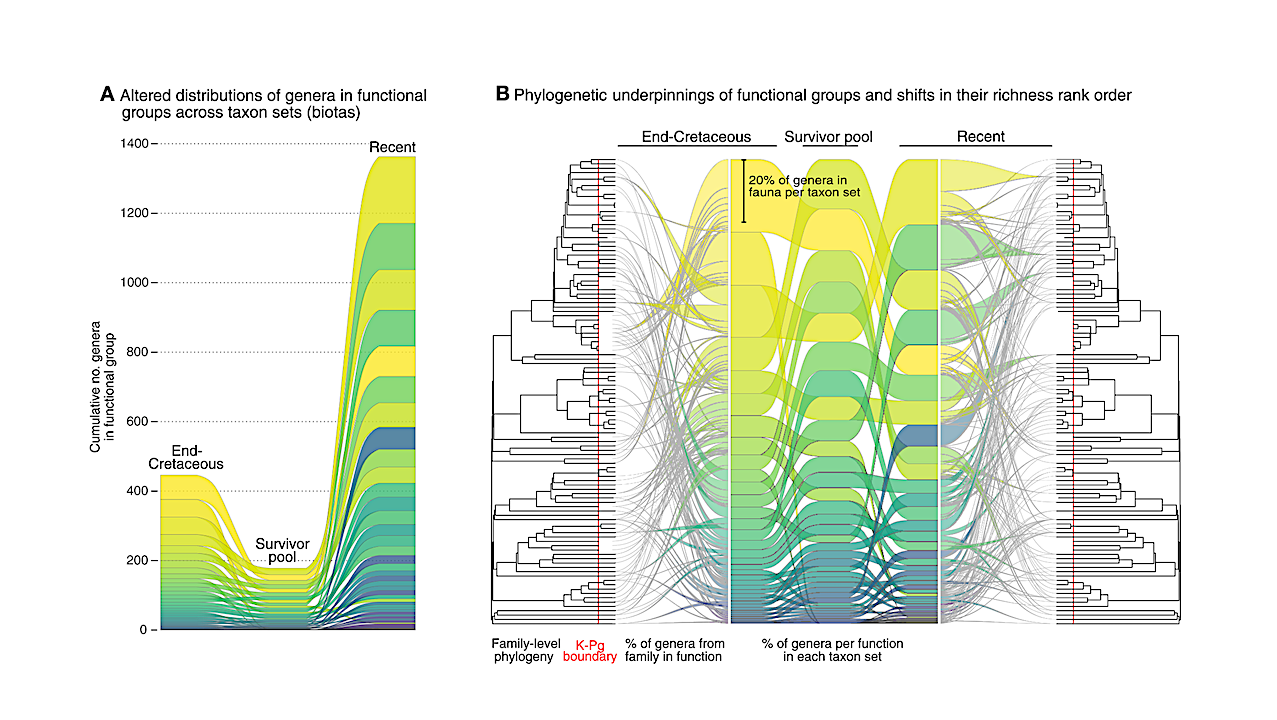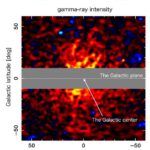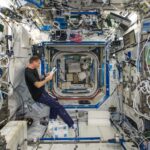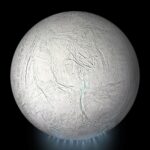Now Reading: Biological, Equilibrium and Photochemical Signatures of C, N and S Isotopes in the Early Earth and Exoplanet Atmospheres
-
01
Biological, Equilibrium and Photochemical Signatures of C, N and S Isotopes in the Early Earth and Exoplanet Atmospheres
Biological, Equilibrium and Photochemical Signatures of C, N and S Isotopes in the Early Earth and Exoplanet Atmospheres
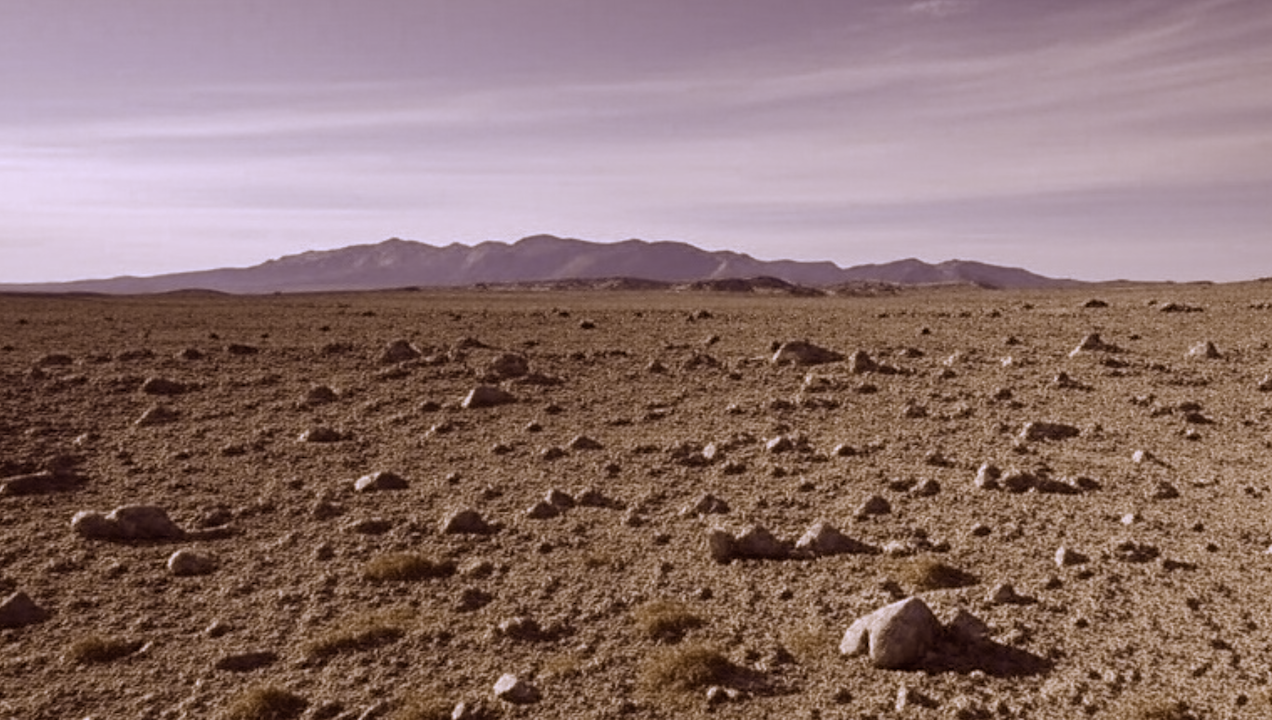

Early Earth — Grok via Astrobiology.com
The unambiguous detection of biosignatures in exoplanet atmospheres is a primary objective for astrobiologists and exoplanet astronomers.
The primary methodology is the observation of combinations of gases considered unlikely to coexist in an atmosphere or individual gases considered to be highly biogenic. Earth-like examples of the former include CH4 and O3, and the latter includes dimethyl sulfide (DMS). To improve the plausibility of the detection of life, I argue that the isotope ratios of key atmospheric species are needed.
The C isotope ratios of CO2 and CH4 are especially valuable. On Earth, thermogenesis and volcanism result in a substantial difference in δ13C between atmospheric CH4 and CO2 of ~−25‰. This difference could have changed significantly, perhaps as large as −95‰ after the evolution of hydrogenotrophic methanogens.
In contrast, nitrogen fixation by nitrogenase results in a relatively small difference in δ15N between N2 and NH3. Isotopic biosignatures on ancient Earth and rocky exoplanets likely coexist with much larger photochemical signatures. Extreme δ15N enrichment in HCN may be due to photochemical self-shielding in N2, a purely abiotic process. Spin-forbidden photolysis of CO2 produces CO with δ13C < −200‰, as has been observed in the Venus mesosphere.
Self-shielding in SO2 may generate detectable 34S enrichment in SO in atmospheres similar to that of WASP-39b. Sufficiently precise isotope ratio measurements of these and related gases in terrestrial-type exoplanet atmospheres will require instruments with significantly higher spectral resolutions and light-collecting areas than those currently available.
Biological, Equilibrium and Photochemical Signatures of C, N and S Isotopes in the Early Earth and Exoplanet Atmospheres, LIFE via PubMed (open access)
Astrobiology
Stay Informed With the Latest & Most Important News
Previous Post
Next Post
-
 012024 in Review: Highlights from NASA in Silicon Valley
012024 in Review: Highlights from NASA in Silicon Valley -
 02Panasonic Leica Summilux DG 15mm f/1.7 ASPH review
02Panasonic Leica Summilux DG 15mm f/1.7 ASPH review -
 03How New NASA, India Earth Satellite NISAR Will See Earth
03How New NASA, India Earth Satellite NISAR Will See Earth -
 04And Thus Begins A New Year For Life On Earth
04And Thus Begins A New Year For Life On Earth -
 05Astronomy Activation Ambassadors: A New Era
05Astronomy Activation Ambassadors: A New Era -
06SpaceX launch surge helps set new global launch record in 2024
-
 07Space Force plans new ‘Futures Command’ amid pressure to speed up modernization
07Space Force plans new ‘Futures Command’ amid pressure to speed up modernization













